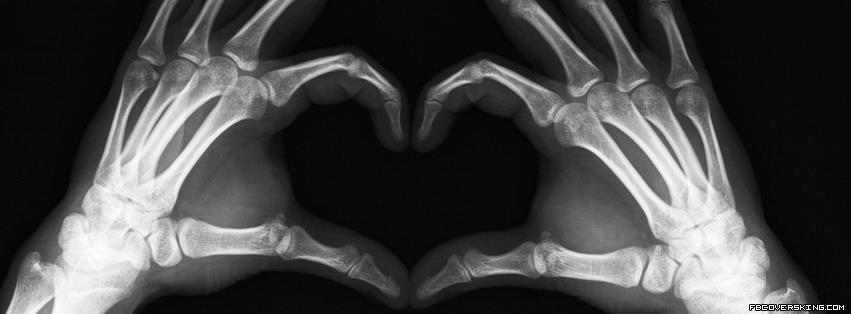Top Secrets
medradiation | شنبه, ۲۴ مرداد ۱۳۹۴، ۰۸:۵۴ ق.ظ
Top Secrets
- PACS stands for picture archiving and communication systems. These are the systems used by digital radiology departments to store, network, and view imaging studies.
- RIS stands for radiology information system. RIS manages patient scheduling and tracking, examination billing, and receipt/display of radiology reports.
- Almost all hepatic cysts and hemangiomas can be differentiated from malignant liver disease by the use of heavily T2-weighted (>180 ms) MR images.
- On postcontrast images, the normal spleen displays alternating bands of high and low attenuation (CT) or signal (MRI) in the arterial phase. The spleen appears more homogeneous in a more delayed phase.
- Splenic laceration can be differentiated from developmental splenic cleft. Patients with laceration have a trauma history, display a low attenuation defect with sharp edges, and have perisplenic hemoperitoneum.
- MRI and CT are less specific in the characterization of splenic lesions than they are in characterization of liver, adrenal, or renal lesions.
- The pancreatic neck and body are the most common portions of the pancreas to be injured in blunt trauma because they are compressed against the spine in blunt traumatic injuries to the abdomen.
- The most specific CT imaging finding of acute appendicitis is an abnormal appendix that is typically dilated 6 mm or greater and fluid-filled. A calcified appendicolith with periappendiceal fat stranding is another highly specific CT finding.
- ۹۴/۰۵/۲۴

